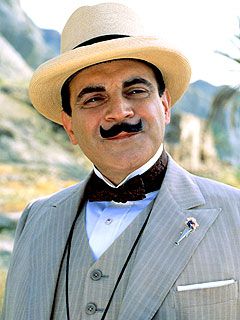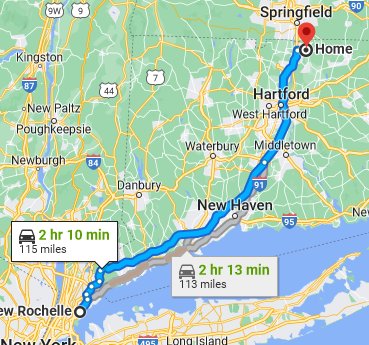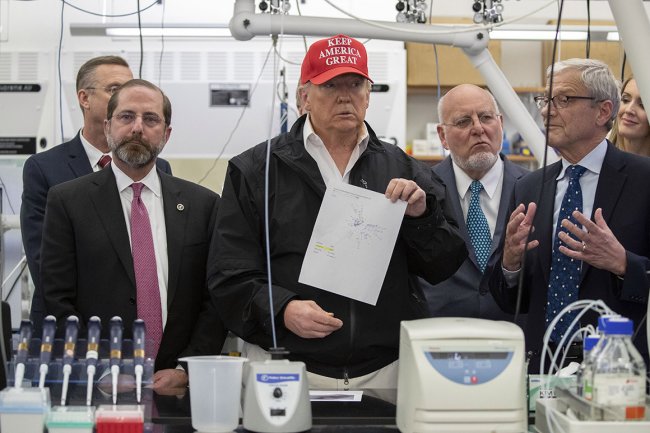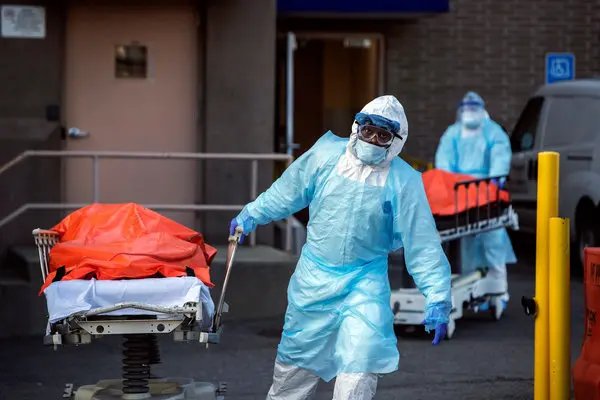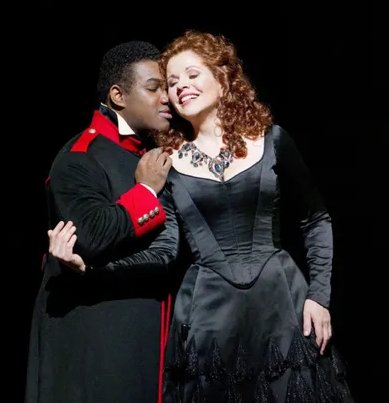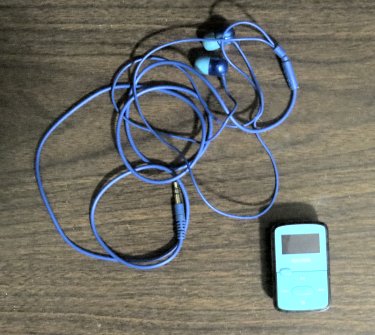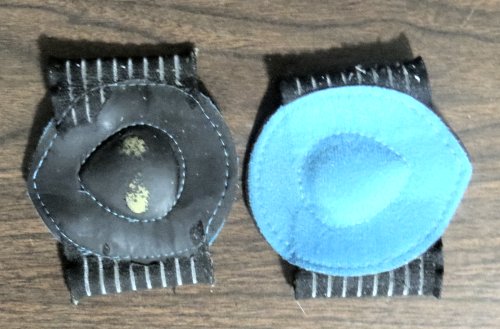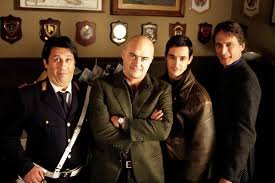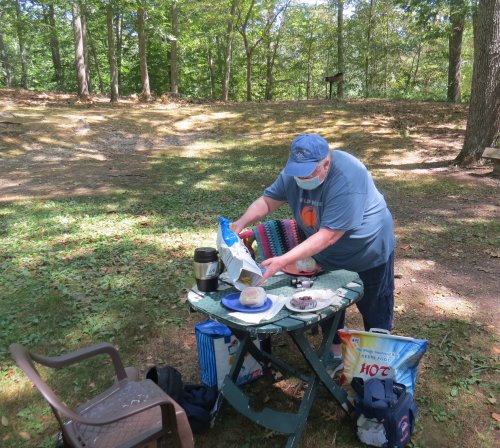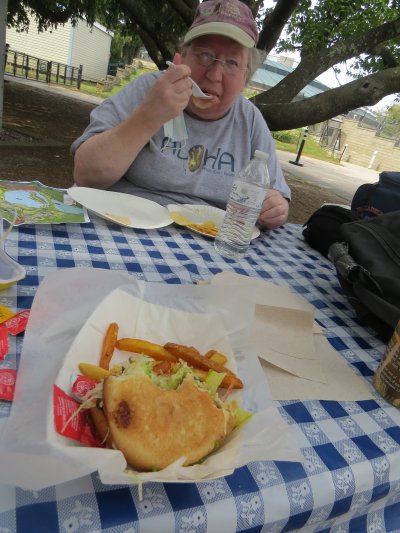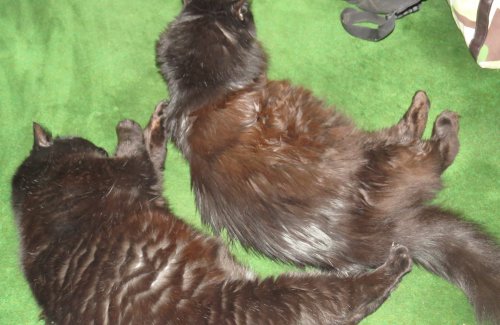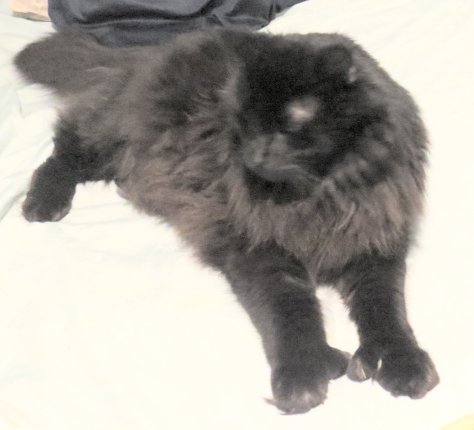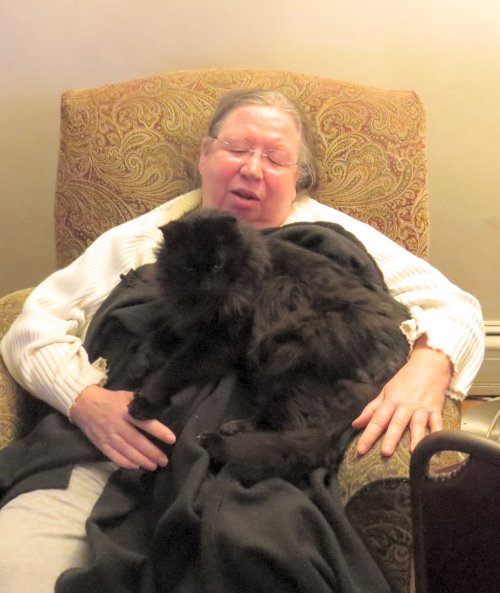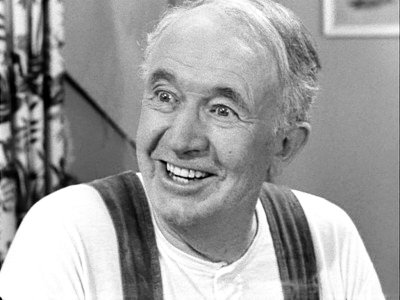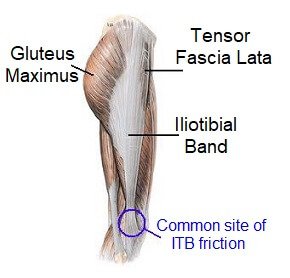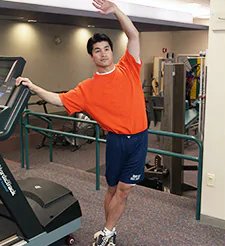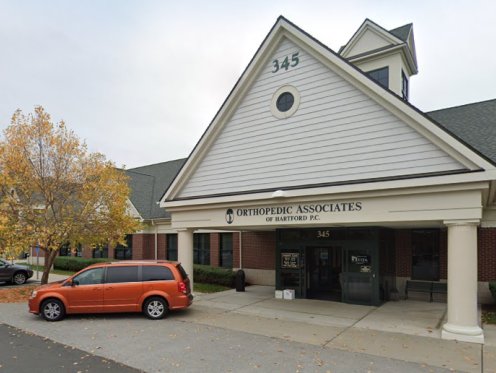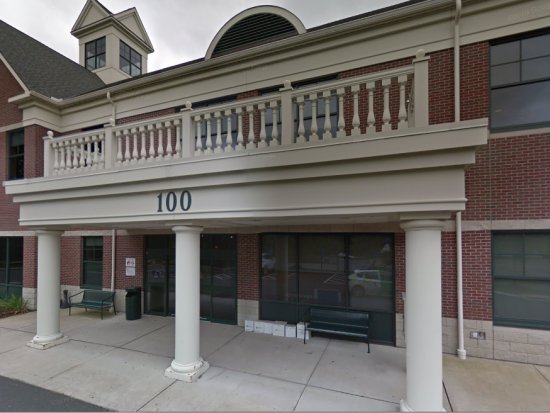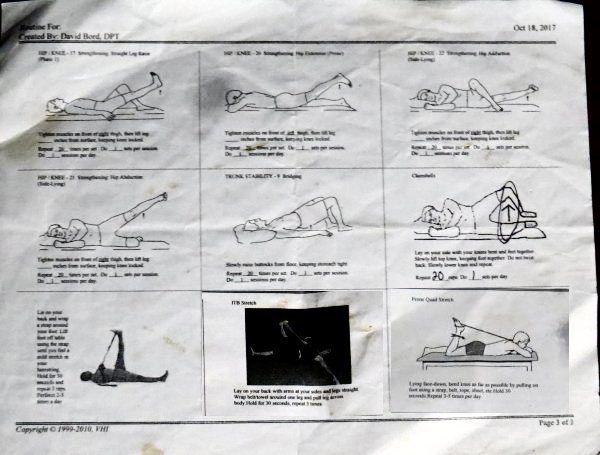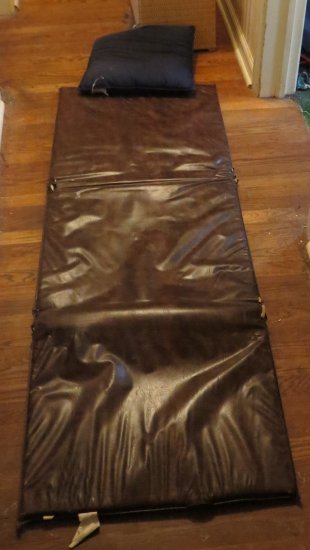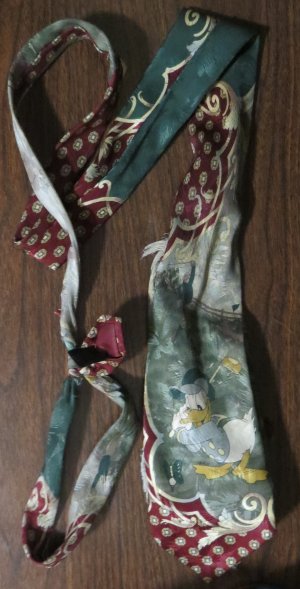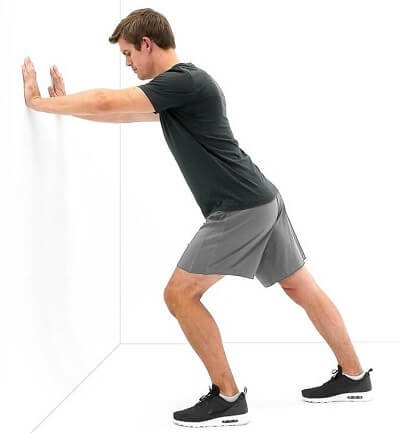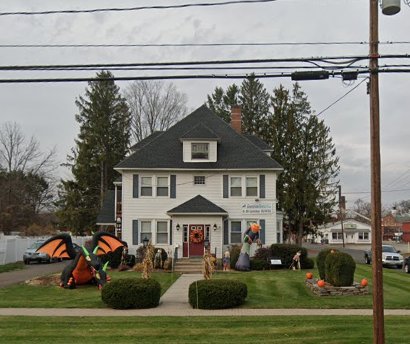Lots of good shows. Continue reading
Since 1972, when Sue and I first got together in Hartford, we had spent many evenings together watching television. I liked a few shows (including wrestling and Mystery Science Theater 3000) that were too silly for her. She liked a few shows (such as Grantchester, Gilmore Girls, and many old flicks on Turner Classic Movies) that were too schmaltzy for me. On the whole, however, our tastes were mostly compatible. During most of this period we watched whatever was on the major networks or we did something else like jigsaw puzzles or two-person games.
Two developments changed these habits: the ability to schedule broadcasted programs to be recorded easily and the ability to watch programs at will through streaming services on the Internet. Streaming, in this context, means watching over a rather short period of time all (or at least a large portion) of the episodes for a television series in order. In the twentieth century the characters on most television programs evolved very little over the life of the series. Basically the primary characters might change within an episode (or occasionally a few episodes), but eventually they returned to their basic original state. So, if a viewer had missed a few episodes, the plot of the current episode was easy to follow.
In the twenty-first century some series still followed that format, but many others deviated. In those shows plot lines might not be resolved within the episode, and characters might have life-changing experiences or even be seriously injured, contract a chronic illness or die. In any case it was much more enjoyable to watch these shows in order once that became practical.
During the year of isolation for the pandemic Sue and I developed a habit of watching a couple of hours of television together every evening. Sometimes we watched public television or a movie on Turner Classic Movies, but our mainstay was streaming. The research for this entry tuned up a surprisingly large number of shows. My comments about the ones listed below are almost all overwhelmingly positive. The reason for that is simple. If either Sue or I did not like a show, we stopped watching. So, the list includes only well-acted shows with interesting plots and characters and a minimum of violence and schmaltz.
Masterpiece/Mystery
For decades Sue and I had been watching the PBS programs shown under the titles of Masterpiece Theater and Mystery (later combined and labeled “Masterpiece”). Four or five times a year very good British shows were presented, one season1 at a time. The first one that I can remember watching was the version of Sherlock Holmes that starred Jeremy Britt in thirteen episodes that closely followed the plots of Doyle’s famous stories. We also enjoyed the first version of All Creatures Great and Small. These two shows appeared on PBS at about the same time in the second half of the eighties.
Here is a list of other Masterpiece shows that I can remember. They are roughly in chronological order.
- The Poirot show in the mid-eighties that featured David Suchet was. in my opinion, far better than any of the movies based on the many Agatha Christie novels. We found this show on Amazon Prime in November of 2024, but the network announced that Season 1 would only be available for a few more days. We watched all ten episodes and enjoyed them as much as we did previously.
- Lewis was the sequel to the wildly popular Inspector Morse series that I later watched on YouTube both on the television and on my laptop. My favorite characters were Laurence Fox as Hathaway and Clare Holman as Dr. Hobson.
- Sherlock starring Benedict Cumberbatch was a spectacular updating of the Holmes stories. At times it got a little too spectacular. My favorite character was Una Stubbs as Mrs. Hudson, the landlady at 221B.
- Endeavour was a clever prequel to the Morse stories set in the sixties and early seventies. The supporting cast was great, especially Roger Allam and Anton Lesser as Morse’s bosses.
- Sue and I both really liked Baptiste with Tchéky Karyo, but it only had three seasons. This show was a continuation of a British series called The Missing that was never shown on Masterpiece.
- We also really liked Press, which focused on the conflict between two of London’s newspapers. The BBC did not renew for a second season.
- We struggled through a whole season of Broadchurch. It had its moments.
- Unforgotten was a great series. The first episode after Nicola Walker’s departure was a little disappointing.
- Guilt was a quirky show about two brothers in Scotland and their dealings with a crime family.
- A new version of Around the World in Eighty Days appeared on Masterpiece in 2021. It was obviously shot before the Pandemic.
- Anthony Horowitz’s Magpie Murders, which I consider the best detective novel since A Study in Scarlet, was magically transformed into a great television series on Masterpiece. AH’s comments at the end of each episode were a special treat. The sequel, Mayflower Murders, was somewhat disappointing, both in print and on the screen. At the end of the last episode Horowitz announced that there would be a third book, but he was noncommittal about a third television series.
- The biggest disappointment was Roadkill, which starred Hugh Laurie (the star of House and the British show Jeeves and Wooster), as an ambitious member of the British parliament.
- A second version of All Things Great and Small on Masterpiece resumed the story just before World War II. The new Mrs. Hall, Anna Madly, was great. Tristan was disappointing.
- Mr. Bates Versus the Post Office was an interesting documentary on Masterpiece about a British scandal. The legal ramifications were still ongoing when it was shown in 2024.
- I liked Nicola Walker’s showpiece, Annika on Masterpiece, better than Sue did. It also starred Jamie Sives, who played a principal role in Guilt.
- Maryland on Masterpiece was a fairly interesting portrayal of two sisters’ responses to the surprising news of their mother’s secret life and death on the Isle of Man.
- The Marlow Murder Club, which was shown in the fall of 2024, was about a group of amateur sloops who solved a set of three murders and narrowly foiled a fourth. The setting is the wealthy Buckinghamshire town of Marlow, a town on the Thames about 35 miles from London. The plot gimmick (three murderers with air-tight alibis for two of the three murders) had previously been used in a season of Unforgotten. In that case the killers had all suffered somewhat similar abuses. In this case they were just former members of a rowing team who met by happenstance and decided to form their own murder club. I was not too impressed. A second season was announced before the first was shown in the U.S.
YouTube
The quality of shows on YouTube has always been hit and miss. Most of the ones that I have seen were recorded and uploaded one at a time by individuals, not the owners of the material.
- Inspector Morse was so popular on ITV in England that in 2008 it was named the greatest British crime drama of all time by readers of Radio Times. It also generated a long-running sequel and a very popular prequel. As far as I know, it has never been shown on free television in the U.S. Fortunately someone uploaded every episode to YouTube, and I watched them all.2 I liked both Lewis and Endeavour a little better.
- If the poll were run again Vera, which started in 2011, might win. Brenda Blethyn’s performances were just outstanding. Many, but by no means all, of the shows have been uploaded to YouTube, probably illegally. I tried to read a book by Ann Cleeves, who wrote the Vera novels, but I hated it. We got to watch the first season again when it was shown on Amazon Prime.
- Sue really liked Rosemary & Thyme, which was about a pair of middle-aged women whose main business was consulting about gardening. People tend to get killed wherever they tended shrubbery, and they solved the crimes. Somehow it worked.
MHz Choice
I am not sure when or where I heard about Mhz Choice, the streaming service that provided (very well done) closed-captioned versions of European mysteries and other shows. It only cost $8.50 per month. The only drawback was that you could either watch on Cox or on a computer. If you wanted to do both, you had to buy two subscriptions. It was difficult to set up the computer to display on the television screen through Cox. In any case Sue didn’t enjoy depending on captions. So, I watched all of the below on my laptop in the basement while using the rowing machine.
- I learned about the Detective Montalbano made-for-television movies (called “fiction” in Italy) while on our tour of Sicily (documented here). Every one of them (except the last) was outstanding. I tried reading a few of the books written by Andrea Camilleri, but the use of Sicilian dialect in the dialog was off-putting.
- The prequel Young Montalbano was pretty good, too.
- I watched the Norwegian drama Acquitted through all of the episodes. By the end I was quite tired of it.
- Detective DeLuca was a slow-paced crime story about the Mussolini era.
- I really enjoyed the quirky Swiss show called Allmen. It was about a down-on-his luck thief/con man and the butler who kept him out of jail. There were only four episodes, and they have been pulled from MHz Choice. I discovered that a fifth one was released in 2023, but I have no idea how to watch it.
- In 2024 I have made it through several seasons of The Undertaker, a story about an undertaker who formerly was a cop. The premise holds up surprisingly well, although I had the impression that he solved more than 100 percent of the murders in the area.
- BarLume, which means “glimmer” in Italian. was a comedy about an owner of a bar in which three old guys hang out. The two women in the show were fantastic. The premise sort of fell apart after the first season.
- I absolutely loved Vanessa Scalera’s performance as the title character in Imma Tataranni: Deputy Prosecutor. I would watch her in anything. I also enjoyed the depiction of the amazing town of Matera, which Sue and I visited in October of 2011 (documented here). However, the basic story line went off the rails in the second season and never recovered.
- I watched two seasons of The Bastards of Pizzofalcone. That was enough. Pizzofalcone is a neighborhood of Naples.
- Beck was a well-made Swedish cop show. I have watched several seasons. Most of the shows were stolen by Mikael Persbrandt as Gunwald Larsson. I will probably watch more.
- The only two French shows that I liked featured very quirky women, Corinne Masiero as the title character in Captain Marleau, and Isabelle Gélinas, who has appeared in ten episodes of Perfect Murders.
- There were a great many German shows that I have not yet watched. Two that I really enjoyed are the Borowski part of the long-running Tatort franchise and Murders by the Lake. Both have very interesting settings that I would love to visit—the port city of Kiel and Lake Constance. Axel Milberg was outstanding as Klaus Borowski, and the show paired him with three intriguing female colleagues. Nora Waldstätten was stunning as Hannah in Lake. She also appeared in one of the Allmen episodes. Unfortunately, she left the show in the third season. I watched a few episodes, but the chemistry was gone.
- The Bridge was a Swedish production about cooperation between Swedish and Danish authorities concerning serial killers who drive across the long bridge that connects the two countries. The best reason to watch was to see the performance of Sofia Helin as the Swedish inspector who is clearly pretty high on the autism spectrum.
- I watched one season of the German version of Professor T. It had no magic. I was very disappointed. For some reason MHz Choice does not have the Belgian version.
- The four seasons of the German period piece Babylon Berlin were mesmerizing. It was set in the Weimar Republic years that followed World War I. The production values were absolutely incredible. Evidently there will be one more season, probably in 2025.
- I got hooked on a bizarre show from Finland called Reindeer Mafia. It was about a group of guys in Lapland. Their gang was called The Wolverines. They were tangentially involved in a large land deal that may or may not have involved mining in the land of the reindeer herd. The ending was very strange. Almost everyone except the Wolverines got killed. I had to wonder if there will be a second season.
- In the winter of 2024-25 watched all of the episodes the the Belgian show called The Cinderella Murders. It was about a murder trial in Antwerp. It is pretty much the opposite of the American classic, Twelve Angry Men. Much of the drama concerned the outside lives of the twelve jurors, who are not sequestered and have a LOT of contact with one another outside of the courthouse. Also, they got everything wrong. For me the most interesting part was the contrast between Belgian jurisprudence and American. The actors spoke Dutch.
Peacock
NBC’s streaming service was available for free on Cox Cable for over a year during the pandemic. Sue and I took advantage of this nearly every evening. We were disappointed when they started charging for the service, but by then we had watched most of the good series.
- The Rockford Files, which was broadcast in the seventies, was my all-time favorite television series. The only bad episode was the pilot. James Garner was, of course, outstanding throughout. The two episodes that featured Tom Selleck as Lance White, and James Whitmore, Jr., as Freddie Beamer were truly outstanding.
- Monk was a notch lower, but the humor surrounding Tony Shalhoub’s character was generally good. I especially enjoyed Monk’s second assistant, Traylor Howard as Natalie Teeger, and Monk’s brother Ambrose, played by John Turturro.
- The best thing about Psych was the premise that most people can be deceived into believing in paranormal powers. The cast was good, too. The only really bad episode was the musical.
- 30 Rock won an Emmy almost every year, and it richly deserved each one. The cast was exceptionally good from top to bottom. Nobody but Tina Fey could have played Liz. My favorite character was Dennis Duffy, the Beeper King, played by Dean Winters. Every episode was golden, and they were just as funny the second and third time.
- Parks and Recreation was not quite as good, but Amy Poehler held it together with her spiral binders. Nick Offerman as Ron Swanson stole most shows. The last year or two were not up to par.
- Leopard Skin was an extremely bizarre set of eight beautifully shot episodes. I enjoyed it; Sue missed an episode or two, and could not make sense of it after that. I would gladly watch it again, if only to see Gaite Jansen as Batty.
- The Resort was almost as bizarre, but the plot held together fairly well to a very strange ending
- The comedy Rutherford Falls started out pretty well, but the last few episodes were tiresome. The best characters were the Indians.
- The Capture had an interesting premise about being able to doctor the transmission of surveillance videos. I was not that enamored by the principal characters.
- Vigil was about a murder aboard a nuclear submarine. It was very well done. Shaun Evans (Endeavour) appeared as a navy officer with a beard.
- Five Bedrooms was an Australian series about five single people living together. I found it very engaging, and Sue absolutely loved it. We saw season 1 and 2 on Peacock. Season 3 and 4 were supposed to be on Amazon Prime, but the only place that they seemed to be available in 2024 is on Apple TV+.
- Intelligence was a silly low-budget British comedy about the worst intelligence agency imaginable. Parts were funny.
- The first season of Hitmen, a British show about two female freelance assassins who are also lifelong best friends, was hilarious. I watched every episode twice. The second episode, filmed during the lockdown, was disappointing.
- Code 404 was a moderately funny British comedy about a cop who died and then was resuscitated with an electronically augmented brain. Sue did not like it much.
AMC+
- Sue and I watched several seasons of the extremely popular show, Mad Men. on FreeVee. Amazon pulled it from the lineup when we were in the penultimate season. We bought a monthly subscription to AMC+. Almost all of the shows were good, but it was clear that the wind was going out of the writers’ sails in the last few episodes.
- Before we canceled the AMC+ subscription we also watched the first two seasons of Dark Winds. It was based on the the novels of Tony Hillerman that featured native American cops Joe Leaphorn, Jim Chee, and Bernadette Manuelito. The third season will reportedly be shown on AMC in 2025. I will look for it.
Freevee
I take back all of the bad things that I have ever said about Amazon. The Internet giant bought IMDB’s free streaming service (with commercial interruptions), added a great deal of content, and relabeled it as Freevee. Some of these shows were really outstanding, and the price was unbeatable.
- Many shows and movies have been made about con men, but Sneaky Pete might be the best. Every member of the cast was really outstanding. Sue and I also enjoyed the fact that it was largely set in Connecticut. My idol, Ricky Jay, had a small role in the final season. Because he died during the filming, the last episode needed to be rewritten.
- Timewasters was a British show that used the time travel gimmick (this time in a magic elevator) to explore British treatment of Black people in the 1920’s (first season) and the 1950’s (second season. Both Sue and I thought that it was both funny and poignant.
- Sprung was a very funny show that was about one of the side effects of the pandemic—people being released from prison in order to reduce the spread of Covid-19. This show only had one season, and the ending precluded any chance of a second season. Fortunately, it introduced us to Greg Garcia, the mastermind behind several shows that we really enjoyed.
- Alpha House was a comedy created by Gary Trudeau, the cartoonist of Doonesbury. It centered around a house in Washington in which four Republican senators stayed. I found it fairly funny, but it only had two season. Trudeau’s wife, Jane Pauley, appeared in one show.
- Bosch was a treasurer. It was perhaps the best cop show ever. It certainly was the best that I have ever seen. Titus Welliver was perfect as the hard-boiled detective. The rest of the cast was also outstanding. Crate and Barrel, two detectives whom everyone addressed by their nicknames, were hilarious. It was based on the books by Michael Connelly. I checked one out of the library, read it from cover to cover, and was severely disappointed.
- It was hard to believe that Bosch Legacy, the sequel that focused on Bosch’s daughter Maddie, would be nearly as good as the original. Sue and I kept asking how the producers could have known that Madison Lintz, who appeared on Bosch as a gangly teenager, would grow up to be believable as a female version of Bosch.
- Jury Duty was a “reality” show that was played for laughs. The judge, bailiff, witnesses, and all but one juror were actors. It was fairly amusing.
- Taboo was a bizarre British show about one man’s bizarre encounter with the British government and the East India Company in the early days of the United States. Tom Hardy was compelling as the main character, James Delaney. It only had one season.
- Sue and I both liked Eric McCormack in Perception. He played a schizophrenic professor of neurology who solved crimes as a hobby when he wasn’t writing seven books, teaching postgraduate classes, or doing crosswords while listening to Mahler on his Walkman.
- The Amazing Mrs. Maisel was probably the best home-grown Amazon show that was migrated to FreeVee. The entire cast was very impressive, and the writing was very sharp. It was set in the late fifties and early sixties. The title character was good friends with Lenny Bruce. Many Emmys were won by this show. We watched season 5 on Amazon Prime
- We also both liked Mary McCormack and the rest of the cast of In Plain Sight, a show about the federal witness protection program. It was filmed in and around Albuquerque, which made it a little more interesting for me.
- The premise of Person of Interest was that it would be possible for a genius to write a computer program that simultaneously monitored all forms of electronic data and analyzed it all person by person in order to recognize people who were a threat or being threatened. Plus, it was completely secure, and only one person knew how to use it. This was, of course, preposterous, but if you suspended disbelief, the writers and actors could get you interested in the plots. Michael Emerson was perfect as the genius. We watched three and a half seasons of these shows before Amazon suddenly pulled them from Freevee and started charging $2.39 per episode in December of 2024. We watched the rest on Amazon Prime.
- The Mallorca Files was a British show about the police on the island of Mallorca. Ellen Rhys and Julian Looman were cops. She was English; he was a native of Munich who moved to Palma and has gone native. The tone was just right. The second season ended abruptly when production was stopped for Covid. However, a third season is in the can and will be shown on Amazon Prime.
Tubi
Tubi was another free streaming service that was available on Cox. Its commercials were a little more annoying than FreeVee’s. The selection of programs were not as good, but we (or mostly I) found a few good ones.
- We originally watched Hamish Macbeth, a show about the constable for a remote Scottish village, on the local PBS station. We recorded the episodes when they were shown late (for me) at night on Saturday and watched them together on Monday evenings. We saw the entire series again on Tubi. This series was very loosely based on a series of novels by Marion Chesney. I read one of the books and hated it.
- The Prague Mysteries was a short but intriguing detective series set in Prague after the dissolution of the Austrian empire. I thought that it was pretty good.
- The story line for Vexed was similar to that of The Mallorca Files. A straight-laced blonde female detective was paired with a wise-cracking lazy guy. It only lasted two seasons. The blonde in the first season was much better (and hotter) than the one in the second season. For some reason several of the shows in the second season were captioned in Portuguese.
- Tubi has been my go-to site for Mystery Science Theater 3000. I did not realize that they had made so many of these shows. I also did not realize that there were so many really bad movies. I mean horrendously awful movies that someone presumably paid to watch. I liked the shows with Mike Nelson better than the ones with Joel Hodgson. The real stars were Joel’s robots, Tom Servo (voiced by Kevin Murphy) and Crow (Trace Beaulieu). I was impressed with Kevin’s singing ability, but Crow held a special place in my heart.
Amazon Prime
I subscribed to Amazon Prime just so that we could watch the second season of Mallorca Files. I intended to drop the subscription after we finished watching. However, we discovered quite a few series that we enjoyed quite a bit.
- I watched Season 1 of Reacher on Freevee. I did not think that Wue would like it because it was so violent and she is not into body-building types. However, we both watched season 2 together on Prime and enjoyed it immensely.
- In Plain Sight told the story of a small group of U.S. Marshals who managed members of the federal Witness Protection Program in Albuquerque. The writing was good. Mary McCormack and Fred Weller were both charismatic as the two stars. We watched all 61 episodes and liked them all.
- We had watched an episode or two of Raising Hope on Freevee. It was created by Gregory Thomas Garcia, the brains behind the one-season wonder, Sprung. Two of the principal actors in Sprung had also appeared in RH. Sue and I liked RH, but Amazon wanted us to pay $3 per episode after the second one in the second season, and we demurred.
- Mr. & Mrs. Smith won many awards in its first season. Donald Glover and Maya Erskine were exceptional. as was the writing.
- I rewatched all of the episodes of Endeavour, some by myself and some with Sue. This time around I was greatly impressed by the writing of Russell Lewis, who wrote and “devised” every single complicated episode.
- We both greatly enjoyed the first season of Deadloch, an Australian comedy/mystery about a serial killer in a beach town in Tasmanian that is dominated by lesbians.
- In the fall of 2024 Prime Video began showing one season of shows from other streaming services. We took advantage of this to watch Poirot (as mentioned above) and My Life is Murder, the story of a retired female detective in Melbourne, Australia. Lucy Lawless was engaging as the principal character. I was not willing to subscribe to Acorn to see the rest of the seasons.
- We watched the six episodes of the British show, The Diplomat, a story that featured the assistant consul to the British embassy in Barcelona. Both Sue and I found it quite entertaining. However, I could find no plans for a second season. An American series with exactly the same name was released on Netflix shortly after this one debuted.
- In 2024 I watched all of the episodes of the British series, Collision. Anthony Horowitz was the creator and co-writer of this one-season offering about a five-vehicle crash on the A12. I found it pretty interesting. The two cops eventually discovered all of the details about each of the people involved in the incident, even a waitress at the nearby rest area.
- Whitechapel was another British police drama. In season 1 (three episodes) of this one a killer imitated Jack the Ripper. In the second season a pair of twins imitated a pair of gangsters who were not familiar to me. There were four season, but two was enough for me. Phil Davis was in both Collision and Whitechapel. So was Claire Rushbrook. One of the enjoyable aspects of watching British programs is spotting actors that you have already seen.
- A somewhat bizarre series from Australia was called Troppo, which is an Aussie term for madness brought on by the tropical weather. Two unlikely people formed a partnership to solve murders in Australia’s tropical zone. We watched both seasons. It may be better to binge-watch this one than to spread the viewing out over several months. There are many characters and many crimes. For me the biggest mystery in season 2 was how Zindzi Okenyo, the detective, managed to get all of her hair in a bun.
- The Sticky was an oddball adventure/comedy about a bizarre theft of a huge amount of maple syrup. It starred Margo Martindale, whom we loved in Sneaky Pete. Jamie Lee Curtis also had a small role, in which she absolutely stole the show. There were only six episodes. As of February 2025 Amazon had not decided whether to renew it.
- Perhaps my favorite of all of the series was The Outlaws, a co-production of the BBC and Amazon. Stephen Merchant, the writer and least likely star, deftly blended comedy and tension in this story about a group of people in Bristol who sere sentenced to perform community service because of petty crimes. All members of the cast were superb. Christopher Walken appeared in the first two seasons and made a cameo in one episode of the third season. As of February 2005 Stephen Merchant was reportedly “too exhausted” to write and perform a fourth season.
Recorded
I had read Lonesome Dove, the truly epic novel by Larry McMurtry, twice before it was shown as a four-part made-for-television movie. It was the most entertaining book that I had ever read, and the movie was just as good. It was very true to the novel; only one character, Charles Goodnight, was left out. It won seven Emmy awards, but somehow Robert Duvall was denied one. We bought a tape of it and watched it a few more times. Prequels and sequels have also been made, but none was as good as the original.
- Midsomer Murders has been on British television for over twenty years. It was set in an imaginary county called Midsomer that had only one town, Causton, which seemed to be surprisingly crime-free, and a large number of villages in which murder was as common as gossip. For the first decade of the series every single actor was white. Then the producer was changed, and subsequent every episode had one or more actor who was not white. Many of the murder weapons were outlandish. My favorite one was an episode in which two people were trampled to death by dairy cows in a barn.
- Elementary was another Sherlock Holmes update. This one was set in New York City and featured a Dr. Joan Watson (Lucy Liu) and a suitably British Holmes (Jonny Lee Miller). This was a really good show that ran on CBS for seven years. The last few shows were weak. We recorded reruns on an off-brand network.
- Royal Pains had been a big hit on the USA Network from 2009-2016. It was about two brothers, one a disgraced physician and the other a goofball, who started a concierge medical practice on the east end of Long Island. We recorded it after the end of its first run. I am not sure whether it was on USA or some other off-brand network. Sue and I enjoyed all of the seasons except the last one. The very last episode, which featured several song and dance numbers, was especially disappointing.
- Sue and I discovered Resident Alien on Peacock. We watched the first season there and the second two on recordings of showings on the Syfy channel. Alan Tubyk played the title character, who came from another planet who took over the body of a doctor in a town in Colorado. Tubyk has been perfect throughout, and the rest of the cast has also been very good. It must have been difficult to come up with plausible scripts with this premise. The second and third seasons were, however, only slightly inferior to the first.
- One of the first British shows that we watched on PBS was Father Brown, based on the mysteries written by G.K. Chesterton. The shows were set in a village in the Cotswolds. Mark Williams was perfect as the priest, and I especially liked Nancy Carroll as Lady Felicia.
- Shakespeare and Hathaway was set in Stratford-Upon-Avon. The shows were mildly amusing, but the plots were never gripping, and—aside from haircuts—the characters never developed.
- We watched two different versions of Wallander. The first season of the Swedish version was excellent, but it went swiftly downhill. I did not like the British version that starred Kenneth Brannagh. He even changed the pronunciation of the chief character’s name.
- The Belgian version of Professor T. was weirdly delightful. Koen De Bouw played a criminology professor with extreme mental problems that included frequent interactions with hallucinations. The rest of the characters put up with him to varying levels. I missed some of the episodes. If I had a chance I would love to see them. Apparently it is available on PBS Passport.
- Sue and I enjoyed the first season of Marie Antoinette, which focused on the teenager shipped from Vienna to live at Versailles. Evidently a second season has been filmed.
1. On the major networks a “season” once consisted of twenty-six or even more episodes. It was designed to run from the middle of fall to the end of spring. In the summer reruns or pilot productions were show. In other countries a season might consist of just a few episodes. Most of the Masterpiece and Mystery shows had only four or five episodes, but sometimes they exceeded the expected length of just under one hour.
2. I did not provide a link because when I looked on YouTube in 2024, I was unable to find the set of uploaded Morse episodes that I had watched.
3. I was astounded to discover that the screenplay antedated the novel. Many years earlier McMurtry tried to get it made as a feature film with John Wayne, James Stewart, and Henry Fonda. The project was scuttled when Wayne insisted on playing Gus McCrae.




